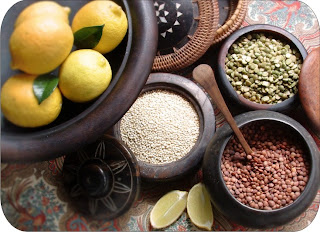Yoga can effectively control and treat your diabetes, by massaging internal organs, activating glandular-systems responsible for its cause.
Diabetes yoga will defenately gives you relief but you need to do this regularly. Practice them first at least 2 to 3 months. Once you are familiar, comfortable & gain perfection with simplified diabetes yoga, after that you can start practicing the below said diabetes yoga.
How yoga helps diabetics to controll the blood-glucose level?
Yoga can simply normalizes blood-glucose level by smoothly massaging as well as stimulates the internal organs which responsible for the carbohydrate metabolism.Not all yoga can perform by the help of video's even some diabetes yoga is difficult to perform means, you needs an expert to guide. Diabetes yoga stimulates, normalizes glandular-system that releases hormones into general circulation. Endocrine glands include the pituitary, thyroid, parathyroid, thymus, adrenals, pancreas, and sex glands (ovaries and testes).
Most of the diabetes yoga is bending-pose that gently compresses the organs beneath the abdomen - stomach, intestine, liver, and pancreas. This makes the organ to start functioning as expected, thus blood glucose keeps at its normal level.
Do a Warm-up before Yoga session
Most of the Yoga Masters and the Doctors which suggests Yoga in treatment of diabetes insisted not to practice yoga poses straight away, instead they stressed to do some warm-up exercises before yoga session.
Halasana (Plough pose) diabetes yoga
Benifits of Halasana (Plough pose) diabetes yoga:
- It activates digestion,
- Revitalizes spleen, and pancreas (responsible for insulin production),
- Improves liver (responsible for carbohydrate metabolism), and kidney roles.
- Strengthens the abdominal muscles
- Stimulate thyroid and thymus glands.
- It also rejuvenates the mind.
How to do Halasana (Plough pose)?
- lie on your back with feet together, palm close to the body.
- slowly bend your knees and rest thighs on the lower abdomen.
- breathe out; lift hips and thighs to 60 degrees. If needed, support them with palms.
- breathe out; lift trunk and thighs to a vertical position. If you need, support your back with your palms.
- if possible, slides palms down on the back towards the head until chest touches’ the chin.
- keep legs straight. Uphold the pose by supporting the back with your palms and breathe normally.
- now release your legs and lower trunk, gently back to the floor. Furthermore, bring your arms under the legs at the same time.










